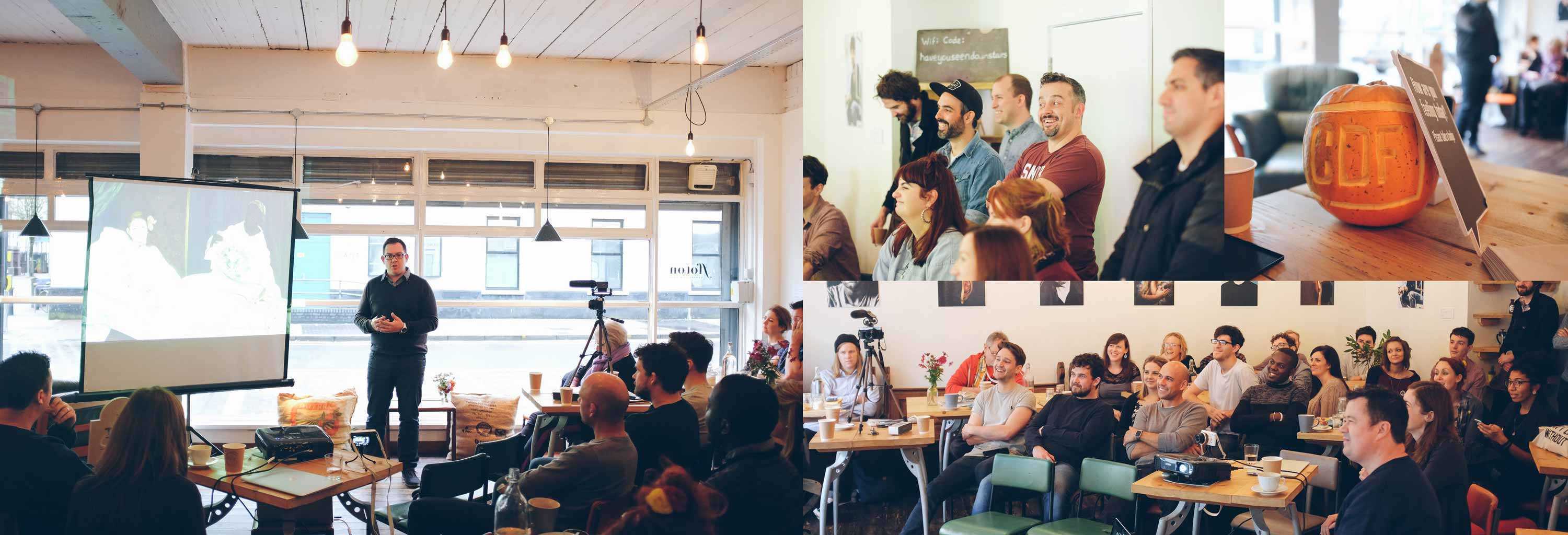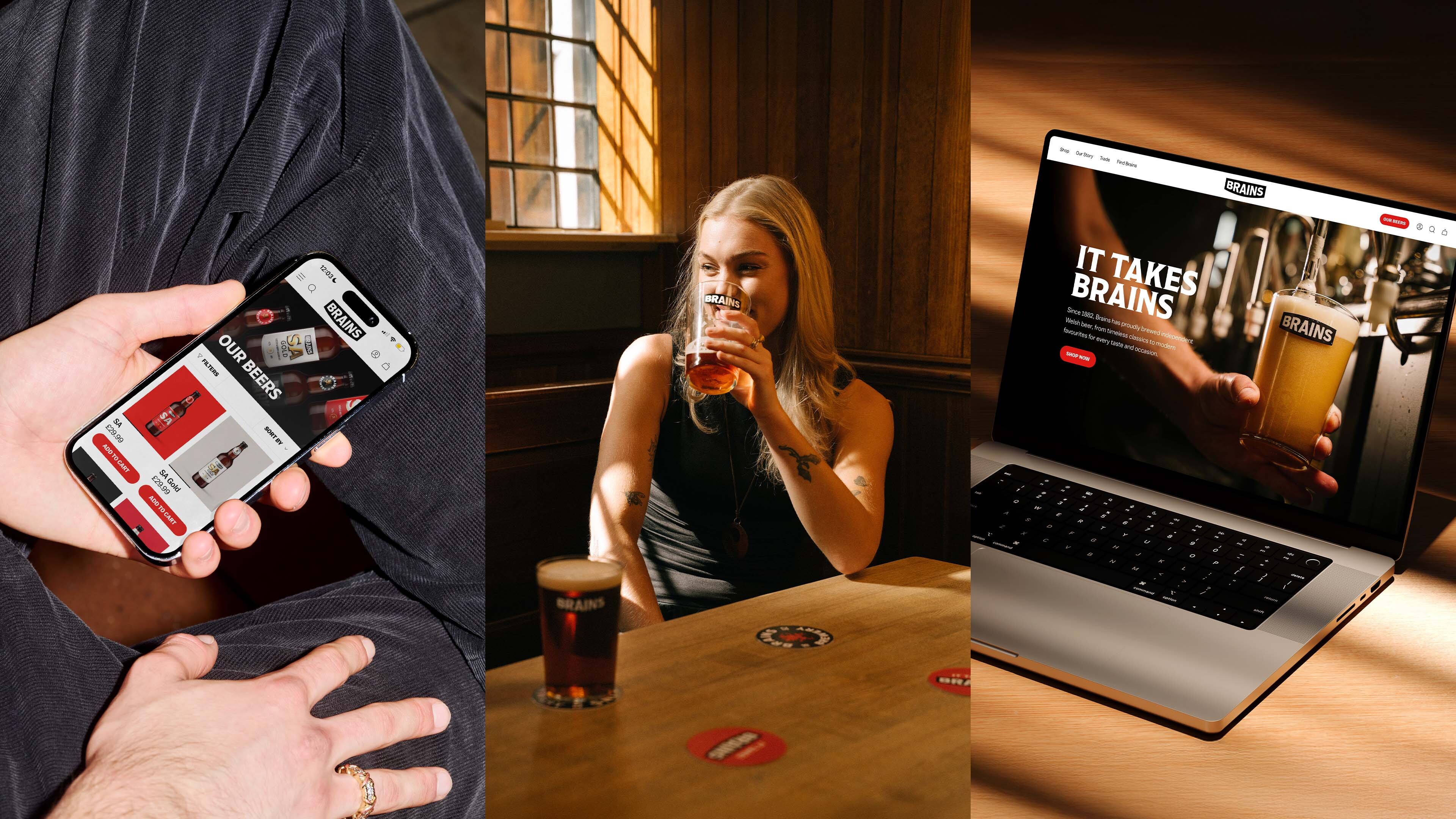
It’s a great to see how people from different backgrounds and with differing experiences put their stamp on a single topic.

The subject for my talk was ‘Shock’.
At first I wondered how I’d tackle such a subject, given that these days I’m hardly what I’d call controversial—but, the more I thought about how my experiences with shock have shaped my life the more confident I felt talking about it.
I looked back at my childhood, a happy time, with loving parents and everything a child needs to grow and prosper. Nothing shocking to see there. But then I looked at some of the drawings by my eleven year old self and realised I’ve always been interested in creating work that’s not exactly hearts and flowers.

Music
Many of my experiences with Shock happened during my teens. I got into heavy metal—an artform often associated with shocking imagery and sound. As I looked back at the history of metal I became fascinated by the greater and greater lengths to which artists have gone to create a sense of shock. From the sound becoming more aggressive to the imagery becoming more extreme.

Looking at the way bands present themselves shows that in order to create impact, they needed to be bigger, louder and generally more insulting to the senses than their predecessors.
Film
During my talk I also looked at how filmmaking and game design have followed the same course as music—having to push the boundaries of both what’s possible, and what’s acceptable in order to gain audiences attention.

When we look back at the horror genre, many of the early classics look tame by today's standards. There are some breakthrough films such as A Nightmare on Elm Street, The Exorcist and The Shining that have stood the test of time, mostly down to their psychological effects, but on the whole movies have become more violent, more graphic and more brutal as audiences have become desensitised.
Advertising
As I researched my talk it became clear that the bar for what is acceptable in art and communication is constantly being raised. Almost every artform that is intended to shock is more extreme than what came before, with one possible exception—advertising.
Of course some advertising is intended to shock. To drive home messages. To push safety warnings or raise political awareness. There is now a defined sector within the industry, ‘Shockvertising’ that is exactly as it sounds—adverts intended to cause controversy through shock.
What really surprised me was the reaction of the crowd to adverts which were never intended to shock. Throughout my talk some of the imagery I presented was greeted by nervous giggles, whimpers and the odd intake of breath. But, when I showed examples of advertising from the 30’s, 40’s and 50’s there was audible gasps from almost everyone.

Adverts for brands like Volkswagen and Fairy that weren’t originally designed to shock are now hugely shocking, due to their message becoming inappropriate as society's acceptance of what’s politically correct changes. What was once creative, even a little safe, is now unbelievably shocking—our sensitivity to what is acceptable changes over time.
Work
Running an agency that doesn't generally do work intended to shock, I wondered how I could link my talk to my day to day work life. Clients often come to us with a clear idea of what they think is the answer to their particular problem. Others are an open book, but secretly think they know the answer. Rarely we come across a client who has no preconception of what our solution will be and is completely open to what we think will work best.
The trick for us is to not be constrained by expectations or preconceptions. When we’re looking at a branding project, a client may say ‘don’t change the logo, we just need a new brand style’ or ‘we want our logo to be blue’. We keep this in mind but we aren’t afraid to propose a completely different approach if we feel it’s right. This can come as a major shock for clients but often with the best results for their business.
